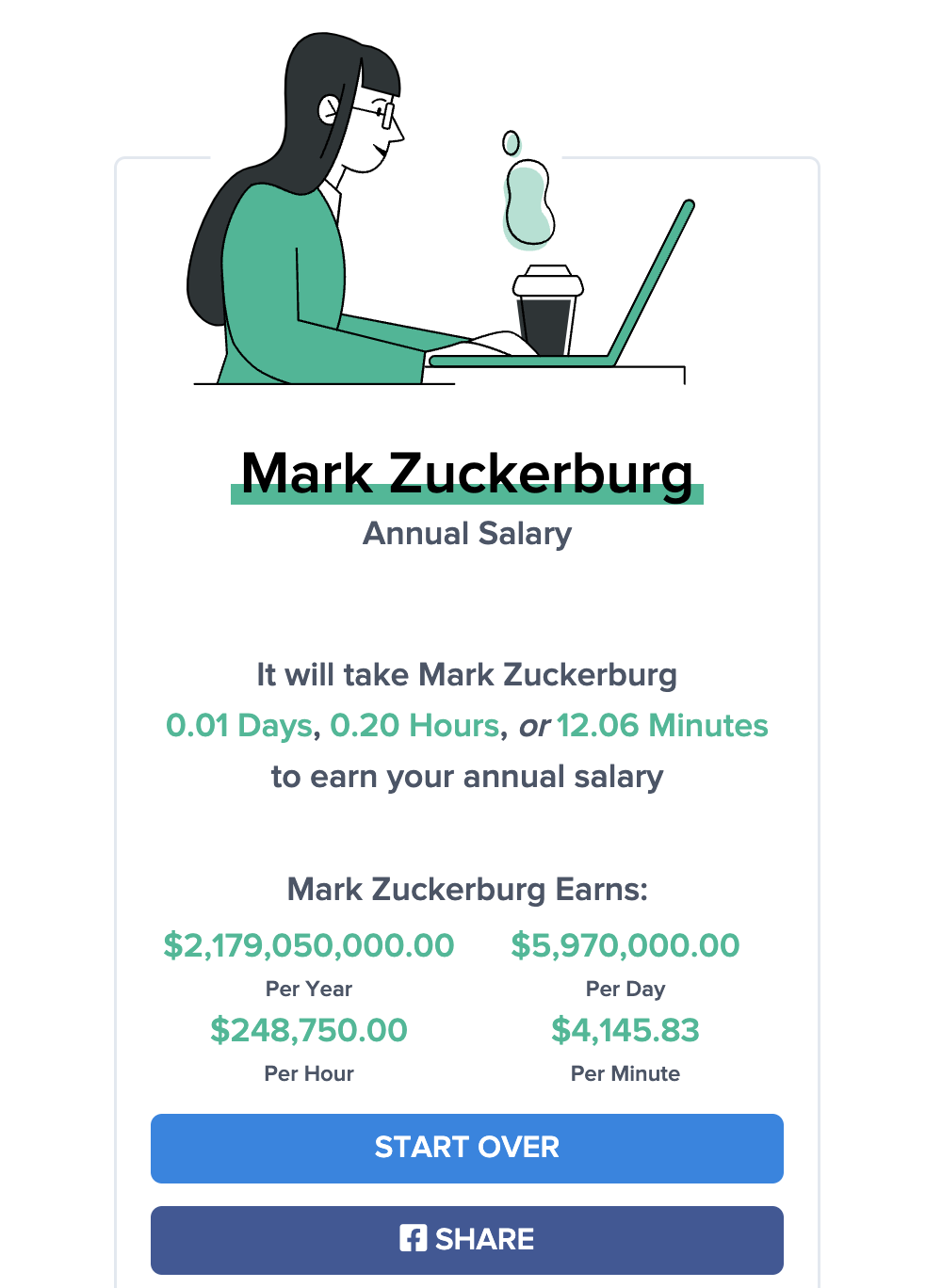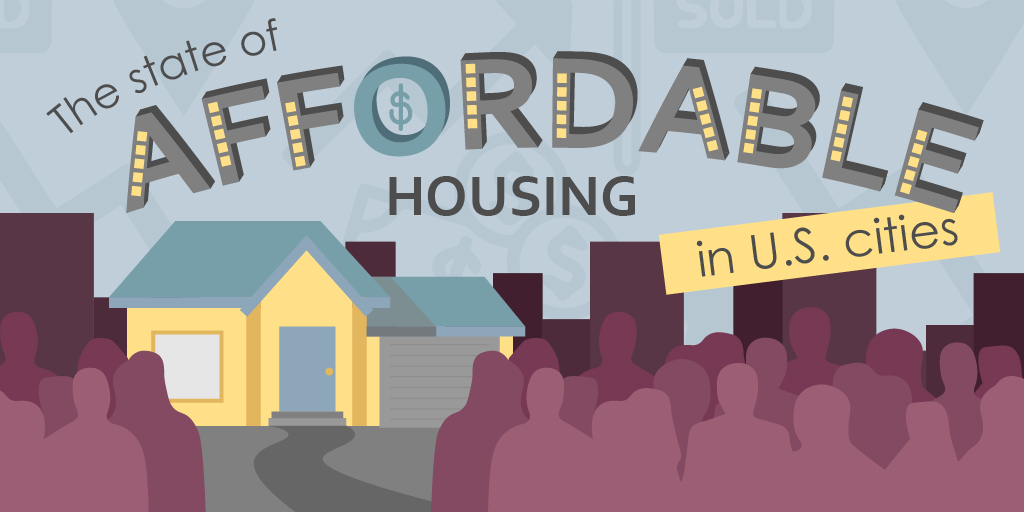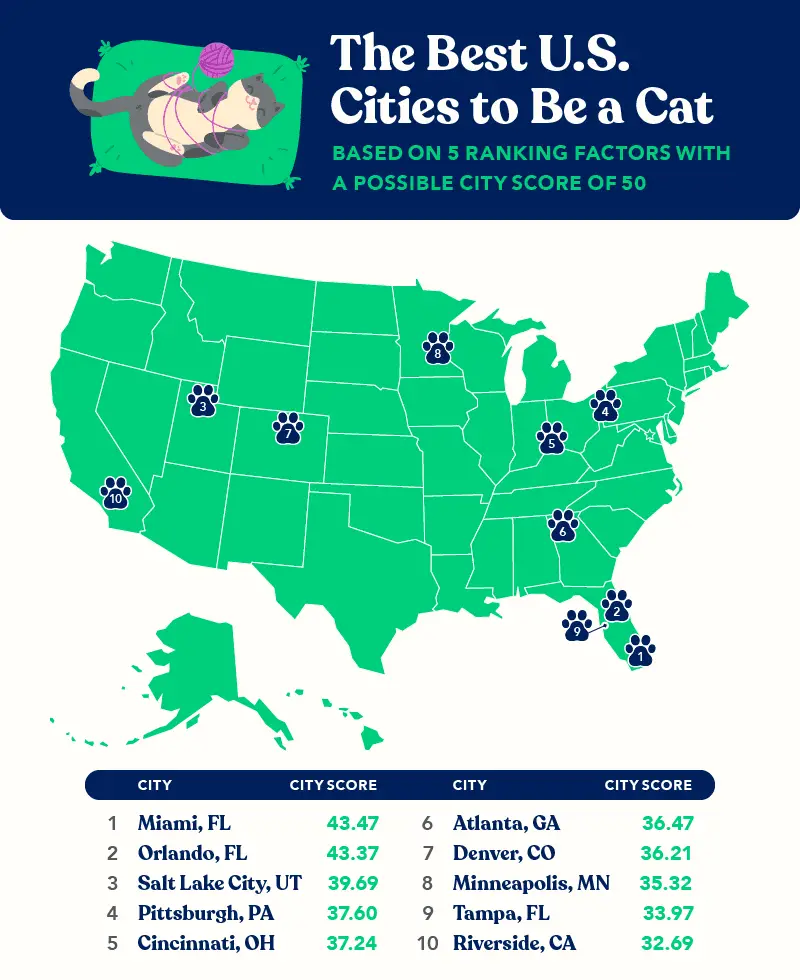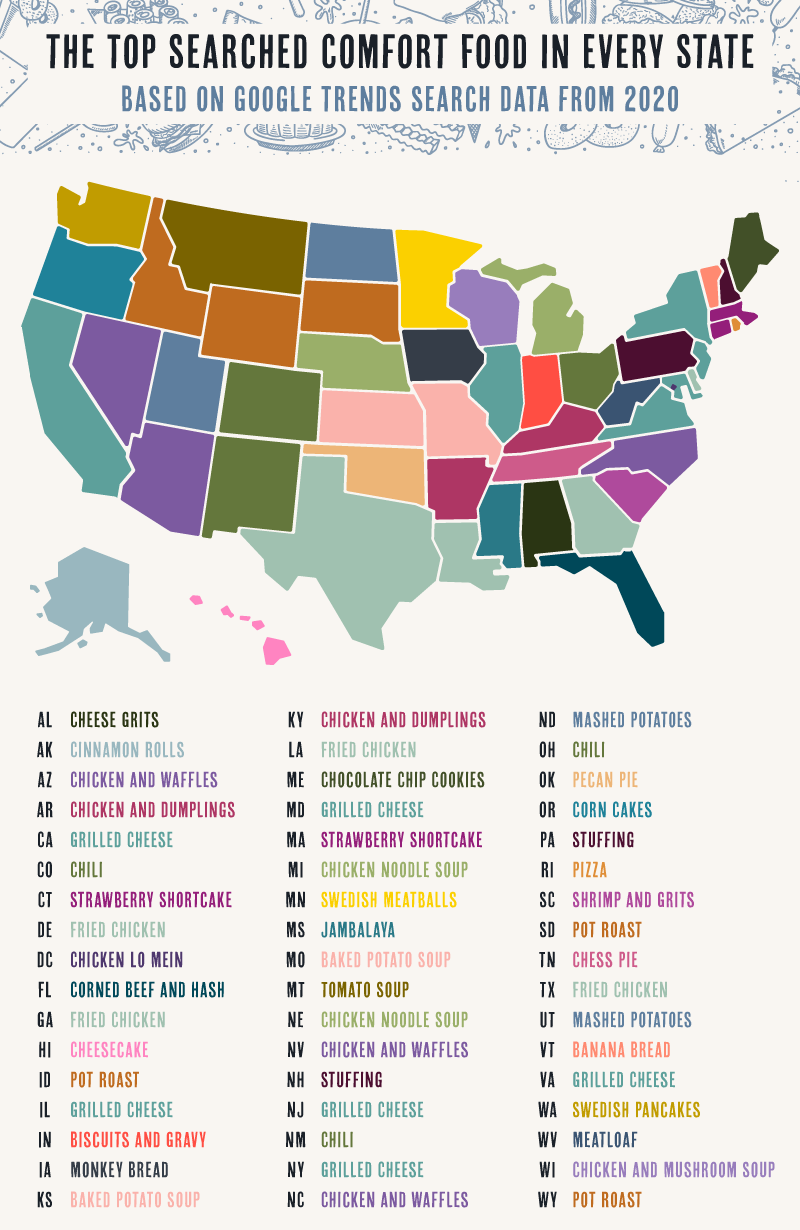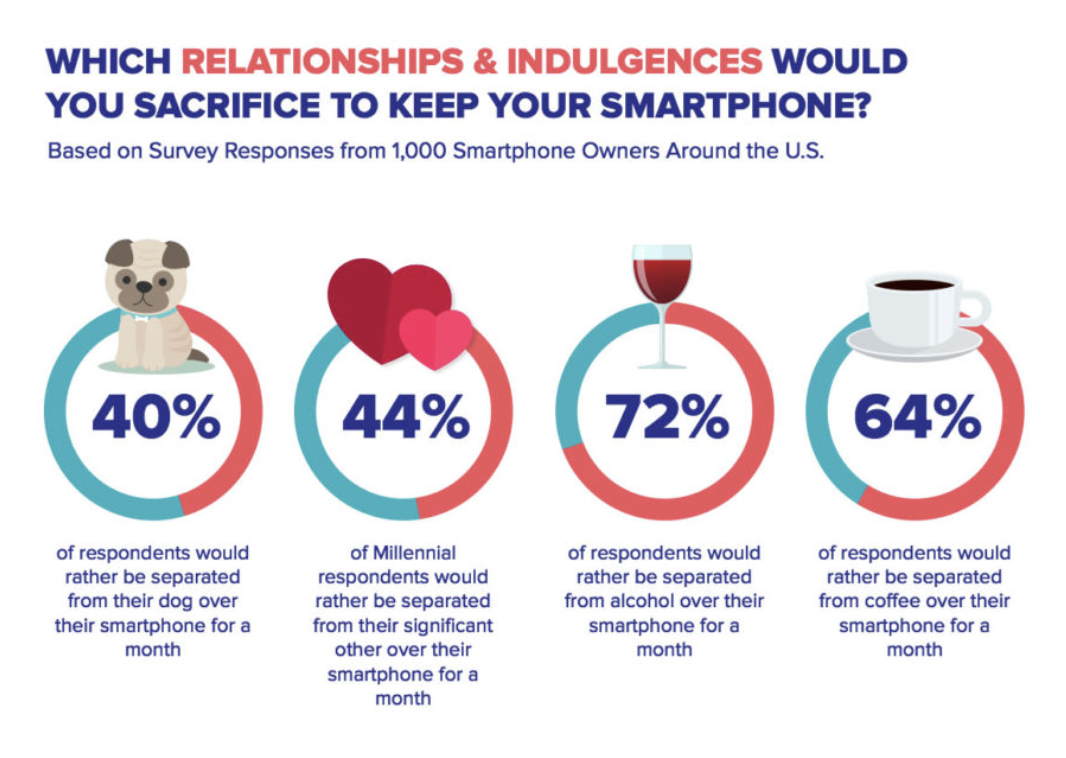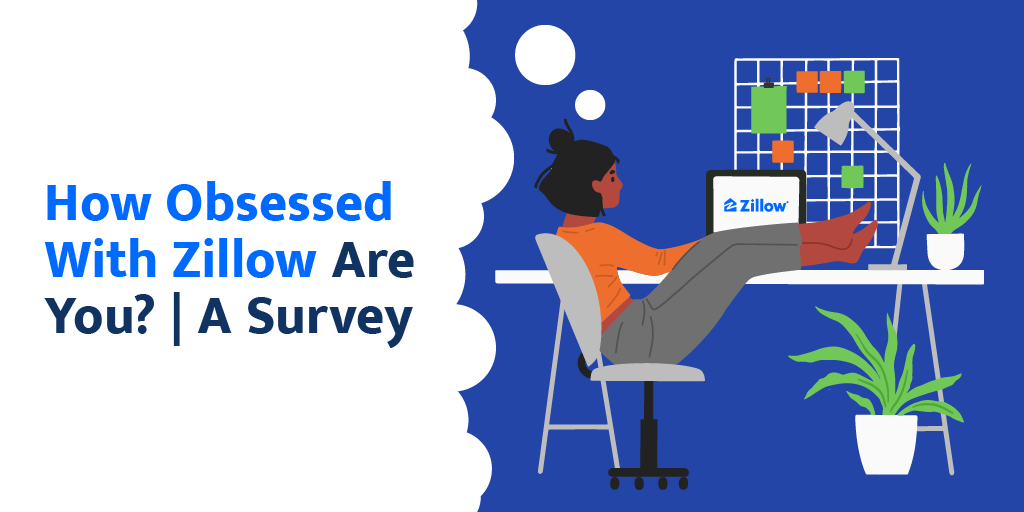Table of Contents
The key to a successful digital PR campaign is often its uniqueness. Doing something that’s never been done before, uncovering new pieces of information, or offering an alternative perspective on an issue is a great way to catch a journalist’s attention.
Related Content:
What Are Some Digital PR Examples?
Examples of digital PR include:
- Consumer Surveys
- Blog Posts
- Third-Party Data Studies
- City Ranking Studies
- Google Trends Data
- Interactive Tools
- Newsjacking Content
- Video Content
But coming up with that groundbreaking campaign concept is a tough challenge. One of the best ways to get the creative juices flowing is to look at successful campaigns in the past and identify what strategies you can replicate with your own content. Read on to learn more about 10 of our favorite digital PR examples and why they worked.
1. How Long Does It Take Tech CEOs to Earn Your Salary?
A great strategy for capturing the media’s attention is to provide deeper insight into something already in the news. If you align your content right and pitch the story when the topic is just beginning to surface, you can secure coverage from just about any publication. That’s what SimpleTexting did with the tech CEO calculator—unveiling exactly how much money various tech CEOs make, while these same moguls were making court appearances during antitrust hearings. This example of digital PR found its way into articles in The Guardian, Fast Company, Life Hacker, and many others.
2. U.S. Cities With the Largest Affordable Housing Shortages
On the other hand, it sometimes works just as well to add to an evergreen conversation that seemingly always has and likely always will be in a part of the news cycle: affordable housing. In this digital PR example, United Way of the National Capital Area focuses on improving the lives of underserved individuals, which is why it made perfect sense for them to release a report on access to and cost of affordable housing around the U.S. The analysis was based on data from the National Low Income Housing Coalition, an authority in the space, and coupled with static and interactive graphics that bring the story to life. This example of digital PR resulted in coverage from publications like Business Insider, CNBC, NY Post, and the New York Times.
3. The Most Expensive Airbnbs in Every U.S. State
Data sources are everywhere and often right in front of us. In this instance, Joybird turned to Airbnb to identify the most expensive listing in every U.S. state. Not only was this a fun piece to look at, but it was also highly personalized to readers across the U.S. by calling out specific listings in each state. Adding a local component to a digital PR campaign increases the outreach pool exponentially. As a result, you can pitch national and local reporters in all 50 states with data specific to their audience. This campaign earned the attention of House Beautiful, Apartment Therapy, Hunker, and many others.
4. The Best U.S. Cities to Be a Cat
Speaking of the power of local outreach, ranking cities against each other based on a variety of data points is another great example for building a local angle within your digital PR campaigns. For example, Veterinarians.org analyzed the best cities to be a cat based on cat adoptions, cat-friendly accommodations, access to veterinarians, and more. This led to local coverage from sites like The Salt Lake Tribune and national coverage from places like Matador Network.
5. The Best U.S. Cities for Homebodies
The city ranking format works well when you have a creative list of ranking factors that bring it to life. For instance, consider the things that matter most to a homebody. You might think of things like the size of homes or number of remote jobs. Those are important to include, but it’s also critical to consider more niche factors, like internet speed, property crime rates, and number of grocery stores that offer delivery. Thinking of everything is what takes these campaigns to the next level and encourages a reporter to write a story about it. This digital PR example earned coverage from CBS, Travel + Leisure, WFLA, and others.
6. The Most Popular Comfort Foods Sports by State
Google Trends is a powerful tool that digital PR experts can use to quickly add local insights without complicating data. You can determine how much each state is searching for pretty much any topic you’re interested in. When married with a relatable topic, such as comfort food, it makes for the perfect consumable piece of content. Pro tip: adding a map to this format is a great way to make the information easily digestible for reporters, no matter what state they’re in. This digital PR example attracted coverage from HuffPost, TimeOut, Boston Globe, and more.
7. How Much Do Americans Work During a Workweek?
Surveys can be an effective digital PR campaign format, as they can create unique, proprietary insights. You’re limited by only your imagination when it comes to writing survey questions. In the height of work-from-home life during the pandemic, e-conolight asked people to anonymously admit what they actually spent their time doing while ‘on the clock.’ From taking a nap to online shopping to cracking a cold one, the results are pretty shocking; perhaps why it got the attention of sites like Fortune, ZDNet, and The Ladders.
8. What Pleasures Would You Sacrifice to Keep Your Smartphone?
You’ll often find that no matter how many incredible insights you end up with, successful campaigns will have that one ‘golden nugget’ that causes them to go viral. It’s not always the highest value or obvious headline; it’s the stat that’s most controversial. In this case, SimpleTexting asked people to play a classic game of would you rather. Would you rather give up your smartphone or alcohol? What about coffee? Your pet? People were horrified to find that 40% would give up their dog over their smartphone, which made for a great conversation piece on many, including People, CNET, Daily Caller, and even Al Roker on the Today Show.
9. House Hunting for Fun – Are Zillow Users Obsessed?
Coming up with a survey concept doesn’t have to be challenging, as there’s inspiration all around us. An SNL skit about Zillow inspired this Surety First survey, which aimed to see how realistic the skit really was. It turns out the skit wasn’t all that much of an exaggeration, as 49% of people say they would rather browse Zillow than have sex. This statistic alone resulted in coverage from The Guardian, Refinery29, and even the Drew Barrymore show.
10. Get Paid to Binge-Watch Holiday Movies
Another popular digital PR campaign format is contests. You’ve probably seen a fair share of ‘job posting’ style contests asking users to complete certain tasks in exchange for prize money. A classic is the binge-watch contest, where a company asks users to apply for the chance to be paid for binge-watching movies in a given category. These work well for digital PR because they’re mutually beneficial to the company and the reporter—the company secures coverage while the reporter posts a story that drives strong engagement with their audience (who doesn’t want to win money for watching TV?). This contest was featured on Cosmopolitan, Woman’s Day, Country Living, and others.
Putting Digital PR Examples into Action
If all of this digital PR talk has you itching to build some coverage of your own, start by brainstorming a list of potential topics. Before launching any campaigns, there are three things you should keep in mind.
- Uniqueness: Has the content already been done? If so, are you adding a new perspective or a different angle to it? A journalist is not going to want to cover something they’ve already written about, so don’t skip this step.
- Feasibility: How will you carry out the research? There’s nothing worse than coming up with the perfect campaign idea only to realize there’s no way to access the data. Be sure to lay out your research plan before committing to a concept.
- Newsworthiness: Is the topic interesting enough to make the news? People often think of timely elements and current events, but you may also consider pieces that are tied to human interests, controversy, or oddity.
Not sure where to start? Get in touch with our team at Go Fish Digital to learn more about our approach to digital PR.
Search News Straight To Your Inbox
*Required
Join thousands of marketers to get the best search news in under 5 minutes. Get resources, tips and more with The Splash newsletter:
